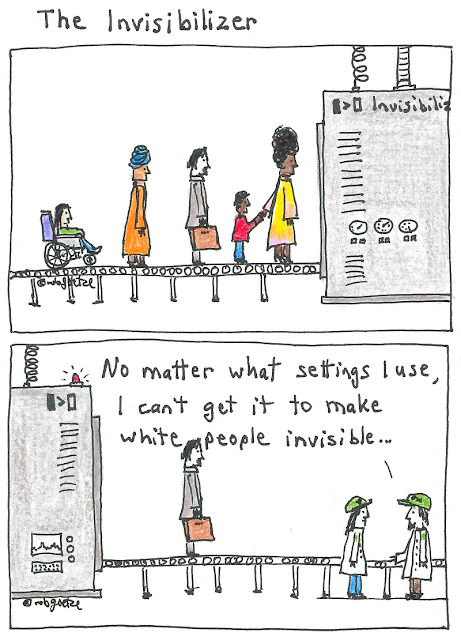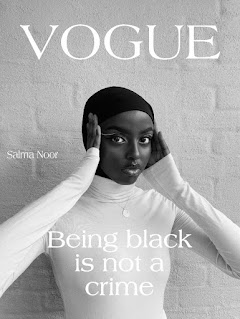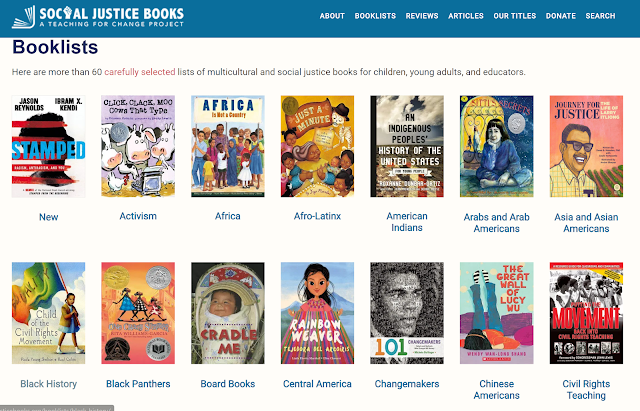
If you are familiar with Indigenous teachings, you will know that the four directions feature prominently in many of them.
For example, a Prayer in the Four Directions by Francis Whiskeyjack refers to east as the physical dimension, south the mental dimension, west the emotional, and north the spiritual.
Other teachings refer to the relationship between the four directions, the four races, the four seasons, and so on. Often these are mapped onto a medicine wheel such as the one shown to the right.
The poet Eduardo C. Corral wrote a poem which had an interesting line in it. After speaking about someone burning sage and facing the four directions, he writes:
Some Mesoamerican eldersbelieved there’s a fifth direction.Not the sky or the groundbut the person right next to you.
The fifth direction as the person right next to us...
Who has been that fifth direction for you? Who has been there in difficult times and in good times? And for whom can you be that fifth direction, that person to turn to?
This idea also reminds me of the movie The Five Elements. Four of the elements are the traditional elements: fire, water, earth and air. The fifth element is -- well, I won't spoil the movie for you, but it is also an unexpected twist. Watch the movie if you enjoy futuristic films that have interesting characters, a good storyline, an amazing opera singer and more -- all without being dystopian.
Back to Corral's poem: this concept of the fifth direction really moves the directions from the conceptual and abstract (seasons, four aspects of a person, colours, races) and sacred medicines and people and animals in general, to a very real person - the person next to me. That's where, to use one of my late father's phrases, "the rubber hits the road".
Poem excerpt from "To Francisco X. Alarcón (1954–2016)" by Eduardo C. Corral.
Read the whole poem https://poets.org/print/poem/8bae9876-e503-4f9c-8835-28bbe26e24ff





